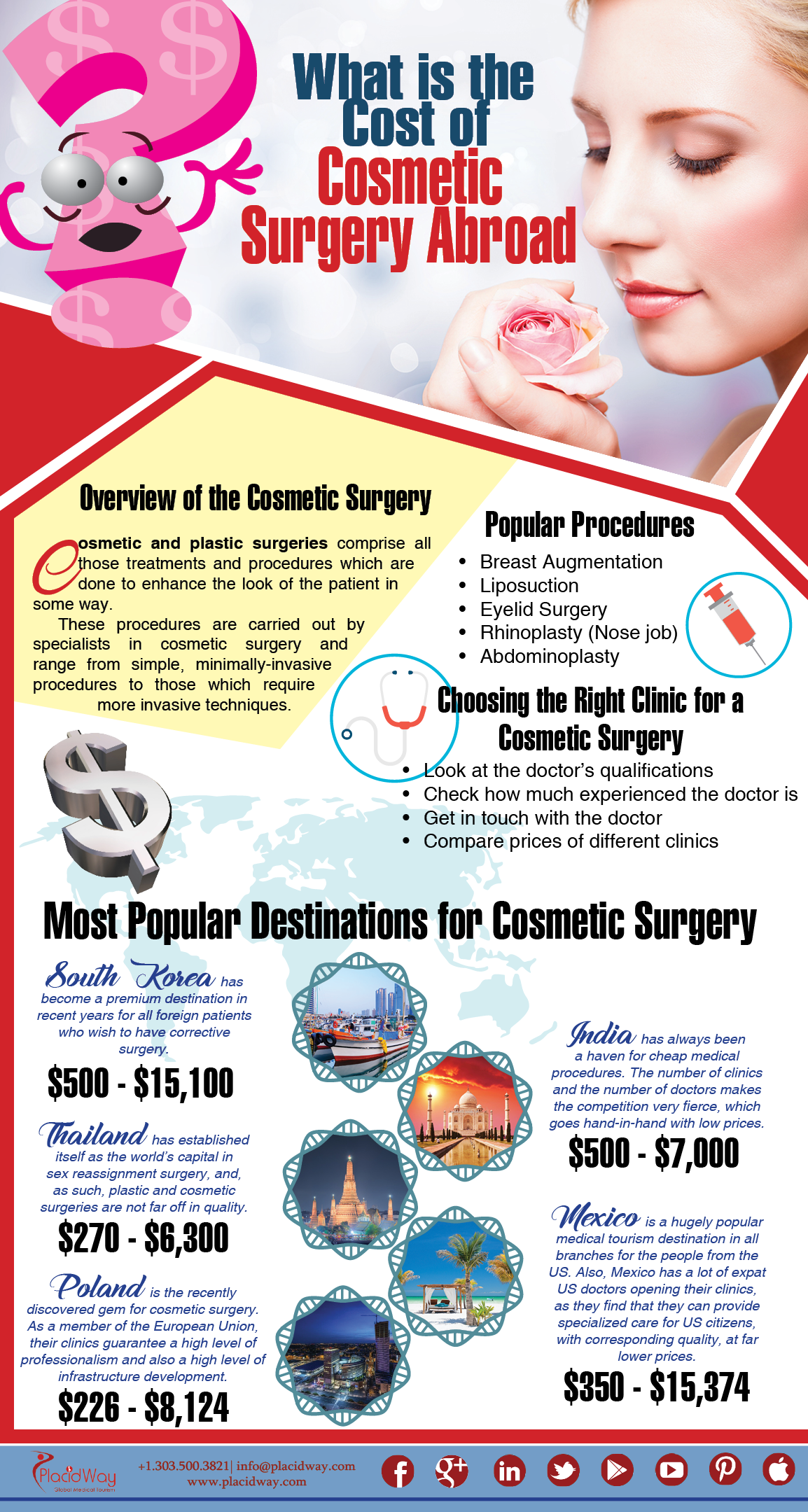Natural Alternatives To Benzoyl Peroxide
Natural Alternatives To Benzoyl Peroxide
Blog Article
Acne Marks and Post-Acne Treatment
Acne scars and dark marks can remain also after the acne itself has gotten rid of. However there are numerous all-natural, non-prescription and medical therapies that can minimize their appearance.
Ice choice marks are small indentations that resemble pinpricks; rolling scars have a wave-like appearance and shallow deepness; boxcar marks have clear sides; hypertrophic marks are elevated bumps. Therapies consist of skin needling, where your medical professional rolls a needle-studded tool over the skin; and medical excision, when a medical care specialist eliminate deep marks.
1. Scrub
Acne scars fade best when they aren't covered with dead skin cells. Exfoliation removes the buildup and allows fresh skin cells to come to the surface area. It additionally makes acne marks much less obvious.
A skin specialist can suggest exfoliation methods for your particular skin type. Dry skin may gain from peeling with scrubs or various other mechanical techniques, while oily skin may need a chemical peel. Those with darker skin tones need to be careful making use of more powerful chemical therapies, as they can trigger dark spots and sensitivity.
If you have acne marks, stay clear of selecting or squeezing at them, which can make them even worse. Swelling brought on by irritability boosts the possibility of scarring. Choosing can leave ice-pick scars, which are narrow impressions with a factor at the end. You can likewise get boxcar scars, which are impressions with bigger sides. You can likewise develop hypertrophic or keloid scars. These are elevated bumps of mark cells that can be itchy and unpleasant.
2. Moisturize
After completing your acne therapy, maintaining skin clear and healthy requires a consistent skin care regimen that safeguards from breakouts and lowers post-acne marks. This consists of a gentle cleanser and moisturizer, non-comedogenic items that do not clog pores, and avoiding foods that aggravate skin or trigger acne flare-ups.
Utilizing a lightweight, non-comedogenic moisturizer with active ingredients like hyaluronic acid and glycerin can assist moisturize skin while also boosting skin structure and promoting recovery. Try to find a product that is formulated without scent botox cost or parabens.
An item that targets lingering acne marks with ingredients such as skin-brightening tranexamic acid and bakuchiol can boost dark areas or uneven tone brought on by swelling. It gently resurfaces the skin while smoothing harsh and textured locations. A product that combines a retinoid and a plant-based retinol alternative can also boost the appearance of deeper marks while at the same time targeting existing imperfections and stopping future breakouts.
3. Hide
When your acne scars recover, you can hide them with makeup and a concealer. Simply ensure you're just applying the item over scars that are fully recovered (not fresh ones), says Sotomayor. After that, finish your look with a strong lip color or declaration smoky eye shadow for maximum influence.
When it pertains to choosing a structure or tinted cream, it is very important to pick one that is noncomedogenic and oil-free. This will certainly help maintain your skin clear and avoid the clogging of pores that can cause new outbreaks.
The same chooses selecting a concealer. Seek a formula that provides complete protection but still really feels light-weight and blendable on the skin. Likewise, when covering up imprints from acne scars, it's a great idea to discover a shade that matches your natural complexion (instead of a color lighter or darker). This will aid conceal the indents better. This beneficial balm is an exceptional option for lightening up and lightening post-inflammatory hyperpigmentation, which can be brought on by acne or other inflammatory skin disease. It includes moistening panthenol, softening shea butter and strengthening peptides that minimize redness and flaky appearance.
4. See Your Skin specialist
The marks that form from serious acne often need treatment by a medical professional or dermatologist. Prior to that can happen, though, a person should have their acne in control. This includes not choosing or pressing acne spots, and making use of gentle cleansers and water-based non-comedogenic items that will not clog pores.
If pharmacy cleansers and place treatments aren't removing your skin, timetable a visit with a skin doctor. The skin specialist can advise other treatments that aid clear your skin without drying it out or annoying it.
A skin doctor can also treat various other sort of post-acne marks, including dark places that are a type of hyperpigmentation called PIH (post-inflammatory hyperpigmentation). A topical retinoid like adapalene can noticeably lighten these marks and discolor them quickly. For other kinds of marks, the doctor can suggest an extra extensive treatment. This might consist of microdermabrasion or chemical peels off that are done right in the office. Depending upon the intensity of your marks, these treatments may require to be duplicated.